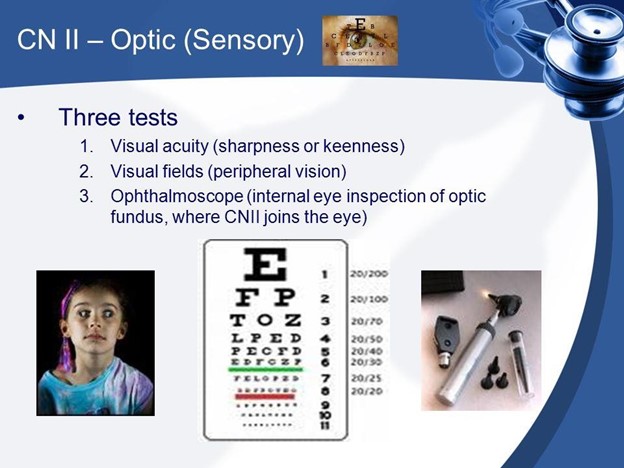Ati med surg adult care 2
Ati med surg adult care 2
Total Questions : 65
Showing 10 questions Sign up for moreAccording to the ATI video case study, Cognition: Delirium and Dementia, which of the following is the best first action for the nurse to take when caring for a client with delirium?

Explanation
Identify the underlying cause. This is correct because delirium is a reversible condition that is often caused by an underlying medical problem, such as infection, medication, or dehydration.
Identifying and treating the cause can help resolve the delirium and prevent further complications.
Tell the client that hallucinations are not real. This is incorrect because it can increase the client's anxiety and confusion. The nurse should acknowledge the client's feelings and perceptions, but not reinforce or argue with them.
Speak slowly and clearly. This is incorrect because it is not the best first action. While speaking slowly and clearly can help communicate with the client, it does not address the root cause of the delirium.
Request the assistance of physical therapy. This is incorrect because it is not relevant to the question. Physical therapy may be helpful for some clients with delirium, but it is not a priority intervention.
A client is observed with unilateral twitching of facial muscles and repetitive tongue thrusting, with a decrease in level of consciousness. When the nurse reports her findings to the physician, what type of seizure will she indicate she observed?
Explanation
Febrile. This is incorrect because febrile seizures are associated with high fever and usually occur in children between 6 months and 5 years of age. They are typically generalized and brief, lasting less than 15 minutes.
Absence. This is incorrect because absence seizures are characterized by brief episodes of staring or loss of awareness, without any motor activity or change in level of consciousness.
Complex partial. This is correct because complex partial seizures involve impaired consciousness and automatisms, such as lip smacking, chewing, or fidgeting. They may also involve focal motor activity, such as twitching of one side of the face or body.
Clonictonic. This is incorrect because clonictonic seizures involve alternating muscle contraction and relaxation, resulting in jerking movements of the limbs and trunk. They are usually preceded by a loss of consciousness and followed by a period of confusion or sleepiness
A student nurse is caring for a client with acute hemorrhagic stroke who was admitted 1 day ago. Which is the priority assessment finding for the student to report to the primary nurse?
No explanation
A nurse is preparing to administer intravenous mannitol, an osmotic diuretic, to a client with increased intracranial pressure. Which of the following should the nurse identify as the purpose of the medication?
No explanation
An 84year old client is brought to the emergency department with reports that his mental status has slowly been declining. He fell 2 weeks ago but did not seek medical attention. Based on this information, what does the nurse suspect the client's diagnosis will be?
No explanation
Which of the following clients is most at risk for traumatic brain injury?
No explanation
A nurse is performing a neurological assessment for a client with head trauma. Which of the following assessments will give the nurse information about the function of cranial nerve II?

No explanation
The nurse caring for a client with a brain tumor will monitor for which of the following early signs of increased intracranial pressure?
No explanation
A nurse in the emergency department is caring for a client following an automobile crash in which the client was unrestrained and thrown from the vehicle. When assessing the client, the nurse observes clear fluid draining from the client's nose. Which of the following interventions should the nurse take?
No explanation
A client newly diagnosed with multiple sclerosis is receiving education about newly prescribed medications from the nurse. Which of the following will be included in the client teaching?
No explanation
You just viewed 10 questions out of the 65 questions on the Ati med surg adult care 2 Exam. Subscribe to our Premium Package to obtain access on all the questions and have unlimited access on all Exams. Subscribe Now



